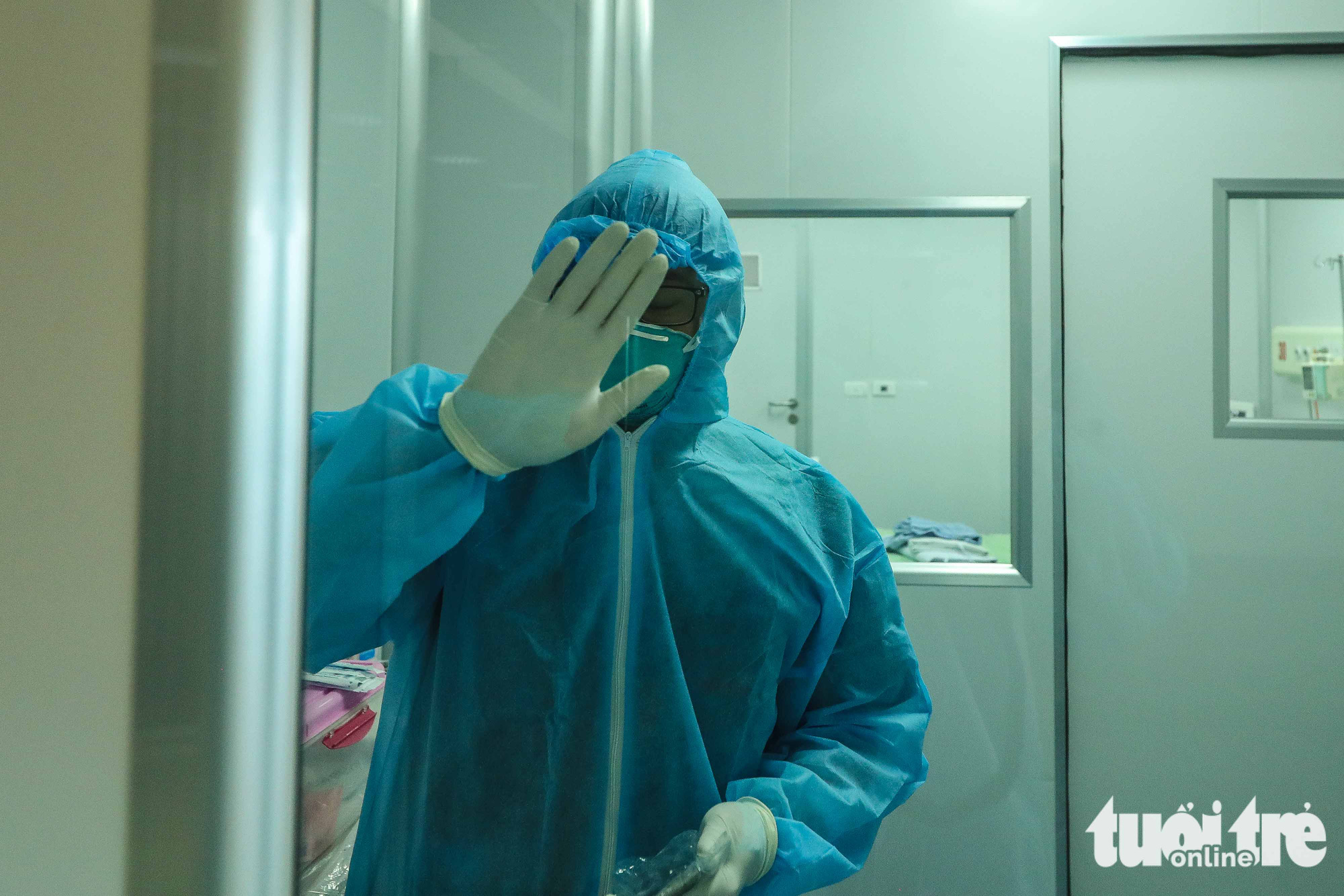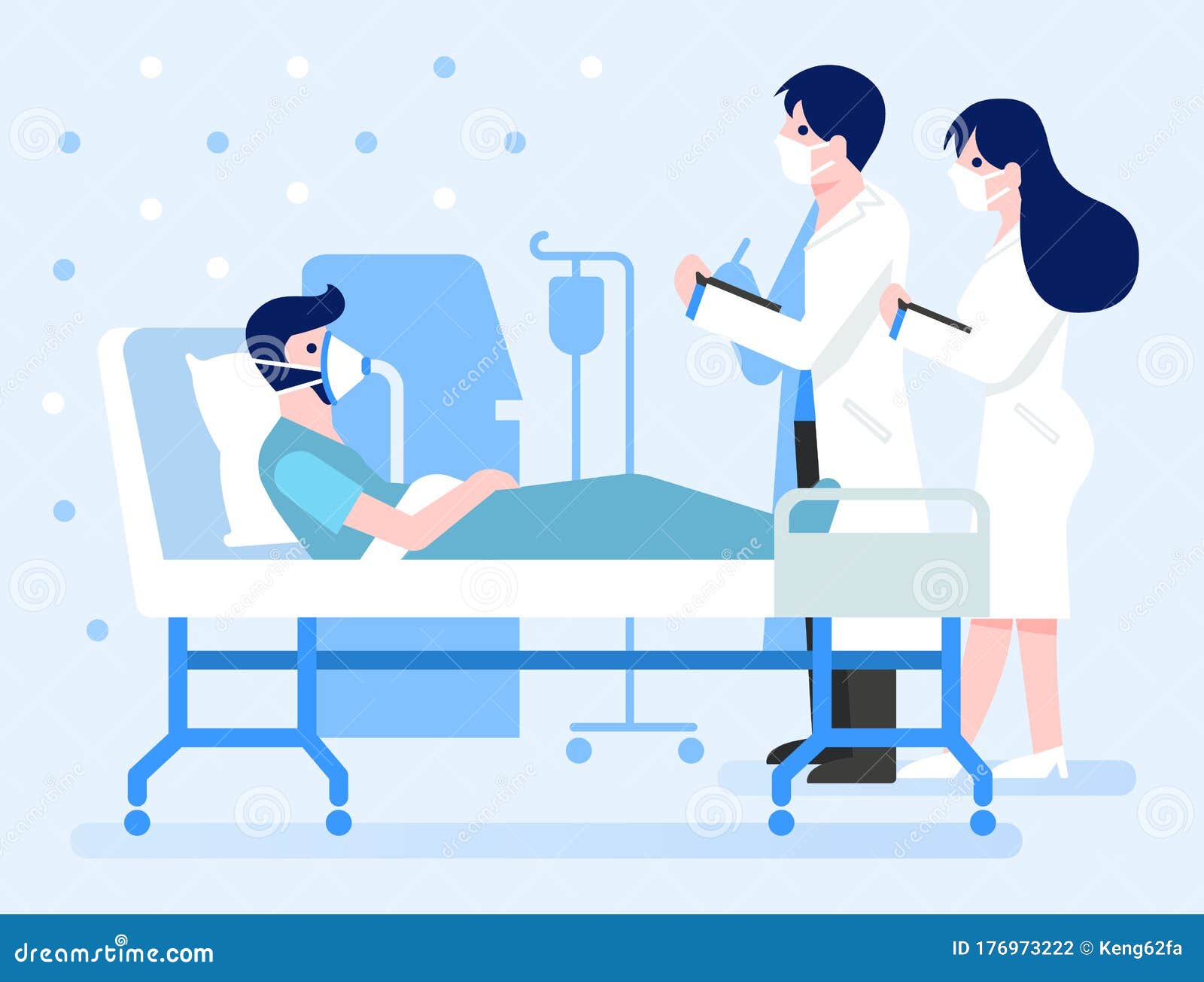

How are negative pressure rooms used to fight COVID-19? This anteroom would also serve the purpose of helping to equalise pressure without allowing air to rush into the cleanroom, carrying in contaminants. We usually recommend some form of anteroom for gowning and safely moving in and out of the room. This can be applicable in some pharmaceutical and laboratory applications where the contents being studied could be harmful outside of the cleanroom. We will use negative pressure when we have to keep contaminants inside the cleanroom. In cleanrooms, we will occasionally see negative pressure used, although positive pressure is more common. Thus, all the germs are kept inside the room. Since the atmosphere seeks to stay in equilibrium, when the door is opened, the air rushes into the room to try to equalise the pressure. In a negative pressure room, the air inside the room is kept at a lower pressure than the air outside the room. Both are used in hospitals and cleanrooms, but we’ve seen a massive increase in the use and demand of negative pressure rooms during the pandemic. There are two types of pressurised rooms: negative and positive.

Aside from HEPA filters, hospitals have been using a piece of cleanroom technology to contain the illness in the hospital to protect the staff. To combat the spread of COVID-19 amongst hospital staff and patients, hospitals have been paying extra attention to their contamination control procedures. Throughout August 2021, the illness has overrun hospitals. Nevertheless, it may be useful for each centre to have its own negative pressure room available for AGPs and high risk patients.ĬOVID-19 Coronavirus General surgery Laminar flow Operating room SARS.It’s no secret that COVID-19 has drastically impacted the world around us.

Overall, there is insufficient evidence to advocate large scale conversion at this time. A limited number of studies show some positive results for the use of negative pressure ventilation systems and reduction in spread of pathogens however, cost, accessibility and duration of conversion remain an unexplored issue. This has again been suggested during the COVID-19 pandemic. Following previous viral outbreaks, some centres have introduced negative pressure ventilation in an attempt to decrease exposure of airborne pathogens to staff and surrounding areas. There is little evidence to support its use in general surgery. Search terms included "COVID-19", "theatre ventilation", "laminar", "turbulent" and "negative pressure".Įvidence for laminar flow ventilation in reducing the rate of SSI in orthopaedic surgery is widely documented. We present an overview of operating theatre ventilation systems and the respective evidence with relation to surgical site infection (SSI) and airborne pathogen transmission in light of COVID-19.Ī literature search was conducted using the PubMed, Cochrane Library and MEDLINE databases. Centres around the world advocate the use of negative pressure environments for AGPs in reducing the spread of infectious airborne particles. In the UK, units have cancelled elective surgery and a decrease in aerosol generating procedures (AGPs) was favoured. Owing to the COVID-19 pandemic, there has been significant disruption to all surgical specialties.


 0 kommentar(er)
0 kommentar(er)
